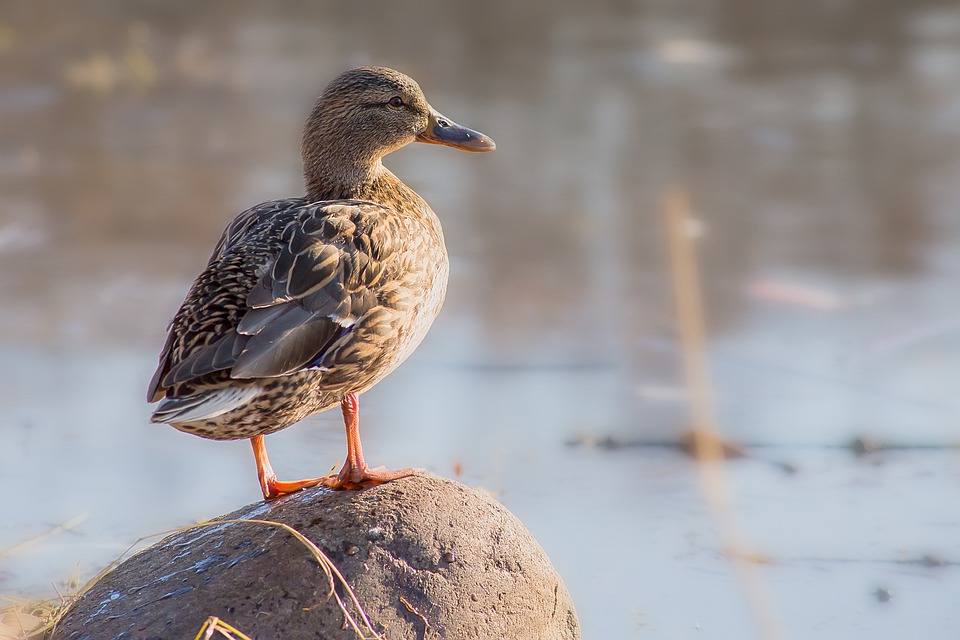# The Complete Guide to Preventing Fish Tank Ichthyophthiriasis
Fish tank ichthyophthiriasis, commonly known as Ich, is a common parasitic disease that affects many aquarium fish species. This article serves as a comprehensive guide to help fish owners prevent and manage this disease effectively. By understanding the causes, symptoms, and preventive measures, you can create a healthy environment for your fish.
## What is Fish Tank Ichthyophthiriasis?
Ichthyophthiriasis, caused by the protozoan parasite Ichthyophthirius multifiliis, is characterized by the presence of white spots (cysts) on the fish’s body and fins. It affects both freshwater and saltwater fish, and if left untreated, can be fatal.
## Causes of Ichthyophthiriasis
Understanding the causes of Ichthyophthiriasis is crucial for prevention. The disease spreads through the following means:
1. Introduction of infected fish: Adding new fish to your aquarium without proper quarantine increases the risk of introducing Ichthyophthirius multifiliis to your tank.
2. Poor water quality: High levels of ammonia, nitrites, and nitrates can weaken fish immune systems, making them more susceptible to ich.
3. Stress: Stressful conditions, such as overcrowding, sudden changes in water temperature, or inadequate nutrition, can weaken fish, making them more prone to infection.
4. Contaminated water or equipment: The parasite can be present in contaminated water, live food, or on equipment transferred from an infected tank.
## Recognizing the Symptoms
Early recognition of Ichthyophthiriasis symptoms is vital for prompt treatment. Look out for the following signs:
1. White spots: Small, white cysts resembling grains of salt on the fish’s body and fins are a typical sign of ich.
2. Flashing: Fish infected with ich often rub themselves against objects or the tank walls to relieve itching caused by the parasite.
3. Rapid breathing: Infected fish may exhibit increased breathing rates due to stress and discomfort.
4. Loss of appetite: Ichthyophthiriasis can lead to a decrease in fish appetite, resulting in weight loss.
## Preventive Measures
Preventing Ichthyophthiriasis is far easier than treating an outbreak. Follow these preventive measures to keep your fish healthy:
1. Quarantine new fish: Before introducing new fish to your tank, isolate them in a separate quarantine tank for at least two weeks to monitor for any signs of illness or infection.
2. Maintain water quality: Regularly test your tank water for ammonia, nitrites, and nitrates, and ensure proper filtration and regular water changes to maintain optimal water quality.
3. Avoid overstocking: Overcrowding can increase stress levels and make fish more susceptible to diseases like ich. Follow appropriate stocking guidelines for your specific fish species.
4. Maintain a balanced diet: Provide a nutritious and varied diet to boost your fish’s immune system. Consult with experts or research the dietary requirements of your specific fish species.
5. Clean and disinfect equipment: Regularly clean and disinfect all equipment, including nets, siphons, and decorations, to prevent the transmission of parasites or diseases.
## Treatment Options
If an outbreak occurs despite preventive measures, swift action is necessary to treat Ichthyophthiriasis. Here are some effective treatment options:
1. Increase water temperature: Raising the water temperature gradually to 82°F (28°C) can speed up the life cycle of the parasite, making it more susceptible to medication.
2. Medication: Several over-the-counter medications are available specifically designed to treat ich. Follow the instructions carefully, and consider removing carbon from your filter during treatment, as it can absorb medication.
3. Aquarium salt treatment: Adding aquarium salt at the recommended dosage can help in treating ich. However, salt may not be suitable for all fish species, so research the specific requirements of your fish before using this method.
## FAQs (Frequently Asked Questions)
**Q: Can Ichthyophthiriasis be transmitted to humans?**
A: No, Ichthyophthiriasis is not transmissible to humans. It only affects fish.
**Q: Can Ichthyophthiriasis be cured without medication?**
A: While some mild cases of ich might resolve on their own, it is generally recommended to use medication to speed up the recovery process and prevent further spread.
**Q: How long does it take to treat Ichthyophthiriasis?**
A: The treatment duration depends on various factors, including the severity of the infection, the chosen treatment method, and the effectiveness of the medication. On average, treatment can take anywhere from a few days to a few weeks.
**Q: Can I use natural remedies to treat Ichthyophthiriasis?**
A: While some natural remedies might have anecdotal success, it is generally advised to use proven medication or treatment methods to ensure effective and prompt recovery.
**Q: Can Ichthyophthiriasis return after treatment?**
A: If the underlying causes of ich are not addressed, such as poor water quality or overcrowding, there is a chance of reinfection. Following preventive measures and maintaining a healthy environment can help prevent future outbreaks.
Remember, prevention is key when it comes to Ichthyophthiriasis. By implementing the preventive measures outlined in this guide and promptly treating any outbreaks, you can keep your fish healthy and thriving in your aquarium.









